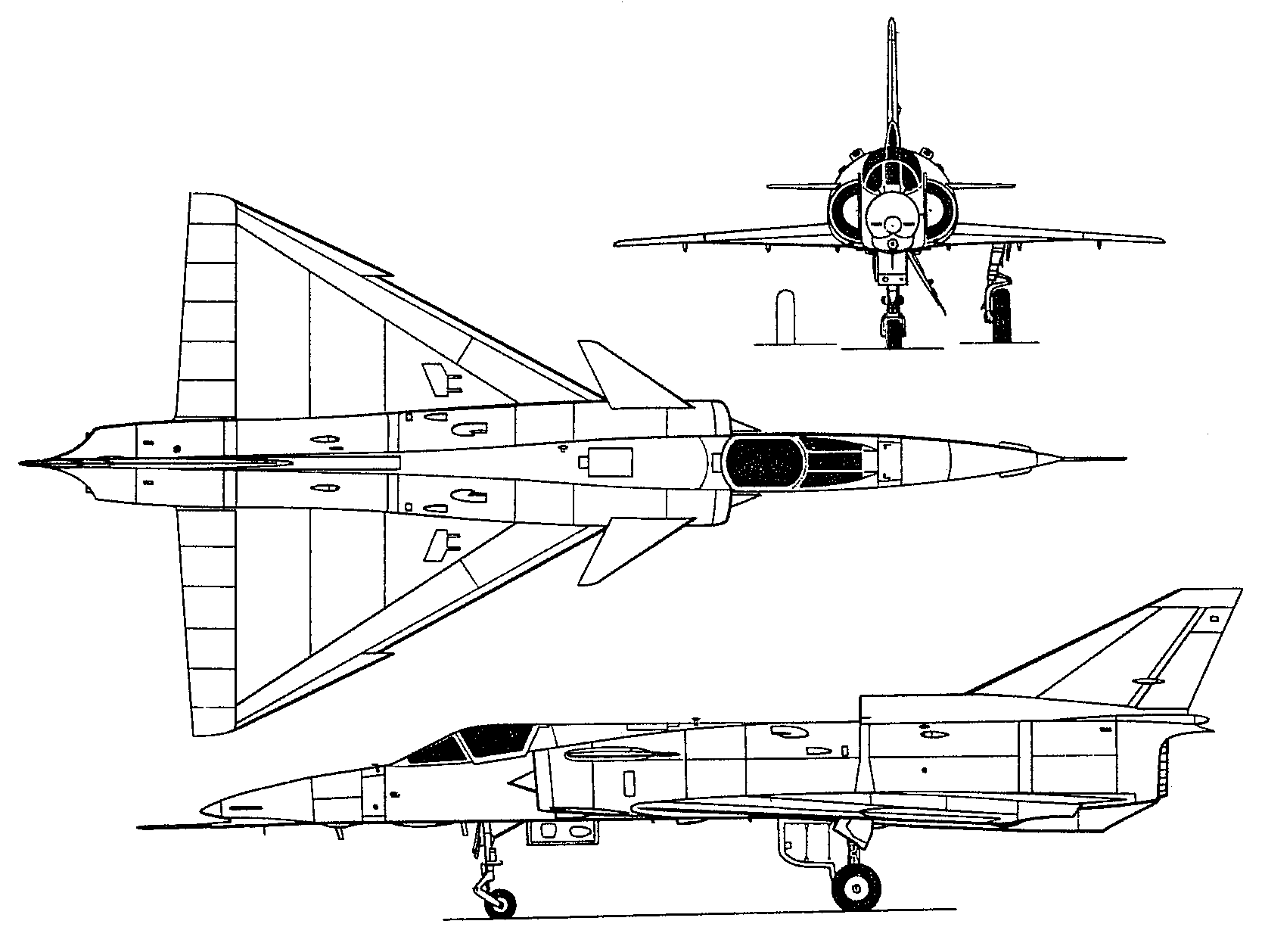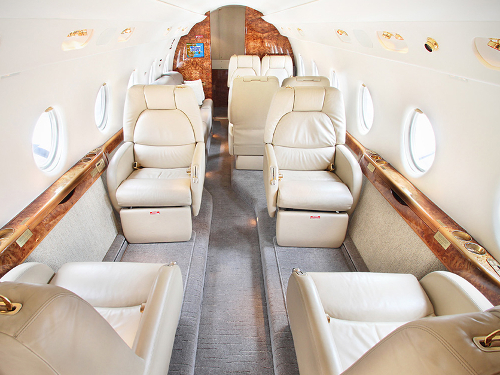17 Iai Fighter Jet Specifications: Must-Know

The IAI Fighter Jet, also known as the Lavi, is a highly advanced, fourth-generation fighter aircraft developed by Israel Aerospace Industries (IAI). This jet is designed to meet the specific needs of the Israeli Air Force, with a focus on maneuverability, advanced avionics, and exceptional combat capabilities. The IAI Fighter Jet's development is a testament to Israel's commitment to maintaining a strong and technologically advanced military. With its impressive specifications and cutting-edge technology, the IAI Fighter Jet is an aircraft that demands attention and respect. In this article, we will delve into the must-know specifications of the IAI Fighter Jet, exploring its design, performance, and capabilities in detail.
Introduction to the IAI Fighter Jet

The IAI Fighter Jet is the result of a collaborative effort between Israel Aerospace Industries and the Israeli Air Force. The development of this aircraft began in the 1980s, with the aim of creating a fighter jet that could effectively counter the threats posed by neighboring countries. The Lavi, which means “lion” in Hebrew, was designed to be a highly agile and versatile aircraft, capable of performing a wide range of missions, from air-to-air combat to ground attack and reconnaissance. Although the project was eventually cancelled due to financial and political considerations, the IAI Fighter Jet remains an important part of Israel’s military history and a significant achievement in the field of aerospace engineering.
Design and Development
The IAI Fighter Jet features a unique design, with a blend of Israeli and American technology. The aircraft’s airframe is constructed from a combination of aluminum and composite materials, providing exceptional strength and durability while minimizing weight. The Lavi’s aerodynamic profile is characterized by its delta wing configuration, which enhances stability and maneuverability during high-G turns and other demanding flight regimes. The aircraft is powered by a single General Electric F404 turbofan engine, producing 17,000 pounds of thrust. This engine provides the IAI Fighter Jet with excellent acceleration and climb rates, making it an formidable opponent in air-to-air combat.
| Specification | Value |
|---|---|
| Length | 14.57 meters (47.8 feet) |
| Wingspan | 8.78 meters (28.8 feet) |
| Height | 4.78 meters (15.7 feet) |
| Empty Weight | 7,030 kilograms (15,500 pounds) |
| Maximum Takeoff Weight | 19,000 kilograms (41,900 pounds) |

Performance and Capabilities

The IAI Fighter Jet is an extremely capable aircraft, with a top speed of over Mach 1.8 (around 2,200 kilometers per hour) and a service ceiling of 15,200 meters (50,000 feet). The aircraft’s climb rate is impressive, with a rate of climb of 254 meters per second (50,000 feet per minute). The Lavi’s range is approximately 3,700 kilometers (2,300 miles), making it an effective platform for long-range missions. In terms of armament, the IAI Fighter Jet is equipped with a single M61 Vulcan 20mm cannon and can carry a variety of air-to-air and air-to-ground missiles, including the Python 3 and Popeye missiles.
Avionics and Electronics
The IAI Fighter Jet features a sophisticated avionics suite, including a head-up display (HUD), a head-down display (HDD), and a pulse-Doppler radar system. The aircraft’s electronic warfare capabilities are enhanced by its electronic countermeasures (ECM) system, which provides protection against enemy radar and missile systems. The Lavi’s communication system includes a secure radio and a data link system, enabling real-time communication with other aircraft and ground stations.
- Avionics suite: Elbit Systems digital flight control system
- Radar system: Elta EL/M-2032 pulse-Doppler radar
- Electronic warfare: Elisra SPS-1000 ECM system
- Communication: secure radio and data link system
Technical Specifications

The IAI Fighter Jet’s technical specifications are a testament to its exceptional design and engineering. The aircraft’s aerodynamic profile, combined with its powerful engine and advanced avionics, make it an extremely capable and effective fighter jet. The Lavi’s stealth capabilities, although limited, provide some protection against enemy radar systems. The aircraft’s structures are designed to withstand the stresses of high-G flight, ensuring the safety of the pilot during demanding missions.
Comparison with Other Fighter Jets
The IAI Fighter Jet can be compared to other fourth-generation fighter jets, such as the F-16 Fighting Falcon and the Mirage 2000. While the Lavi’s performance and capabilities are similar to these aircraft, its unique design and advanced avionics make it a distinctive and formidable opponent in the skies. The IAI Fighter Jet’s cost-effectiveness is also an important consideration, as it provides a highly capable platform at a lower cost than many other fighter jets.
- F-16 Fighting Falcon: similar performance and capabilities, but with a more conventional design
- Mirage 2000: similar avionics and electronics, but with a more emphasis on air-to-ground capabilities
- F/A-18 Hornet: similar multi-role capabilities, but with a more emphasis on carrier-based operations
What is the IAI Fighter Jet’s top speed?
+The IAI Fighter Jet’s top speed is over Mach 1.8 (around 2,200 kilometers per hour).
What is the IAI Fighter Jet’s service ceiling?
+The IAI Fighter Jet’s service ceiling is 15,200 meters (50,000 feet).
What is the IAI Fighter Jet’s range?
+The IAI Fighter Jet’s range is approximately 3,700 kilometers (2,300 miles).